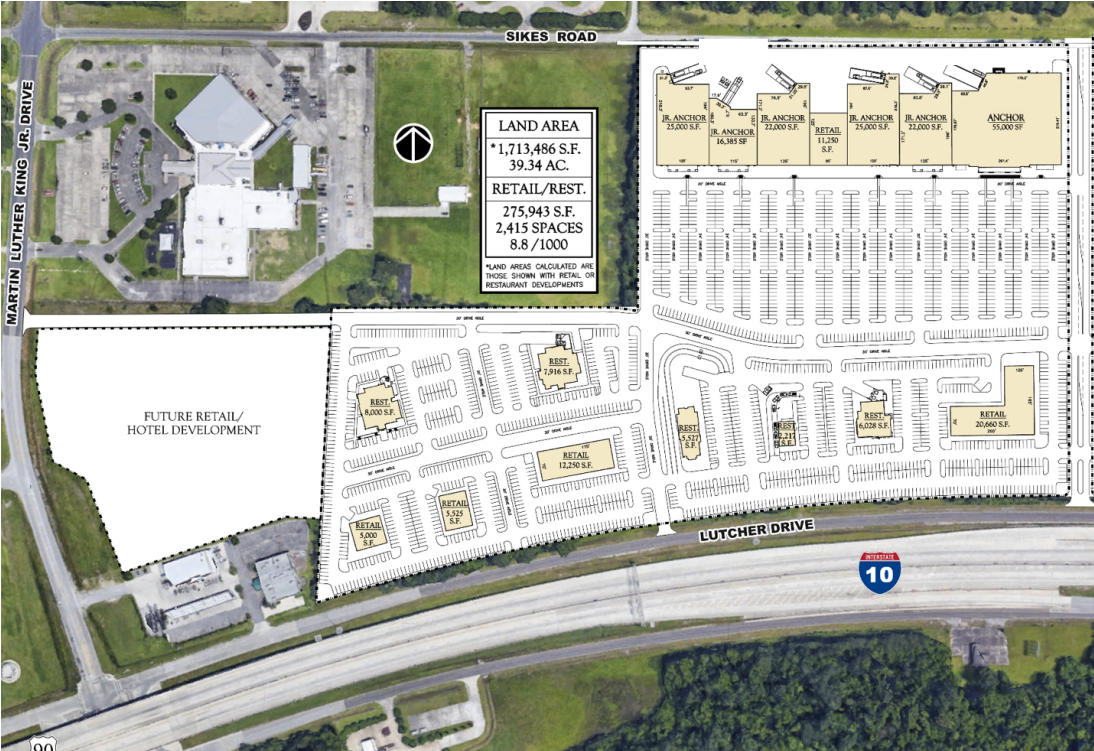And Now You Know: Orange in the Spring of ‘29
Published 3:00 pm Tuesday, June 4, 2019

- First Financial Bank. Here yesterday, here today, here tomorrow
Ninety years ago in the spring of 1929, there were a lot of different happenings in Orange. It was a busy time.
Mrs. D. Sanford, 708 Pine Street, ran an ad in the Orange Leader that she would put permanent waves in ladies hair for $4. She fully guaranteed that the waves would be permanent. Also offered were facials with clay packs and a hot oil scalp treatment for one dollar each.
In the ad for Cooper’s Service Station located at Sixth and Front Streets was a note: “Mrs. Arlene King—bring your Pontiac sedan in this week and we will grease and wash it FREE!”
Trending
The Flowers-Bunch Motor Company located in the new Lutcher Building announced that they were selling “The New Oakland All-American Six” and from the Willis Overland Company of Dallas, Flowers-Bunch were the dealers for the “New Whippet Four Coach and the Whippet Six Sedan.”
The Whippet Six Sedan had the newest innovation in the industry, “One button on the steering wheel controls the starter, lights, and horn.” The Whippets also had longer bodies, trimmer lines, higher radiator and hood, Chromium plate, and one piece full crown fenders.
In the Edwards Building on Front Street, the Howard Motor Company was selling the Essex Coach and the Essex Sedan. The Coach could achieve a speed of 70 miles per hour and “run all day at 60 miles per hour with no problems.”
The Essex Sedan made a test run of 22.1 miles on one gallon of gas on pavement and gravel roads. The average speed was 27 ½ miles per hour.
Police had not yet located the 1928 Touring Car belonging to J.C. Walters. The car had been stolen while Walters was attending services at First Baptist Church. It was one of several cars stolen in the last two years from church parking lots.
According to local agricultural agent M.D. Walker, extensive plans were being made to ship cabbage out of Orange County. He was working with Southern Pacific Railroad on special methods of icing the cars and establishing spur tracks to connect with the main lines. Over 10 carloads of cabbage had already been shipped out of Orange County.
Trending
Turner T. Wallis, manager of the Orange Chamber of Commerce, was making efforts to recruit cars from Orange to join the motorcade of cars traveling from San Diego, California to San Augustine, Florida for the opening of the Old Spanish Trail. The motorcade would enter Texas at El Paso, then visit San Antonio and Houston, and exit Texas at Orange. About 2,500 cars were expected to take part in the motorcade.
Gulf States Utility Company was selling a Manning-Bowman electric toaster, a Manning-Bowman electric iron, and a “Junior” ironing board, all for $6.95. With a down payment of 45 cents, the balance could be paid at $1.50 per month added to the utility bill.
The steamer Connespeak from Germany was at the Port of Orange unloading 1,100 tons of salt cake. The salt cake was used in the manufacture of paper. The cargo would be loaded onto rail cars for shipment to paper mills.
There was a contract for one ship per month to deliver from 1,000 to 1,300 tons per month of salt cake to Orange.
The Connespeak would be reloaded with lumber and rice from Orange County to be shipped to Rotterdam and Amsterdam as the return cargo for the ship.
Rain and fog had forced down the airplane carrying the mail from Houston to New Orleans. The mail was transferred to the Orange post office and placed on a Southern Pacific train for the remainder of the route.
The pilot of the mail plane praised the Orange airfield, saying it was one of the best he had ever seen. He found the field in first-class condition “in spite of the fact that it had been raining for the last two days continuously.”
Dr. William P. Coyle who resided at 510 Pine Street announced that the had begun trimming his Amor River Privet hedge. He would place the cuttings alongside the hedge, and they would be available to “any and all” who may want them for transplanting.
Mrs. O.J. Raiffeison, a teacher of voice, announced the opening of her studio in Orange and stated that she would be teaching the Youman-Griffith Method.
“And now you know.”






